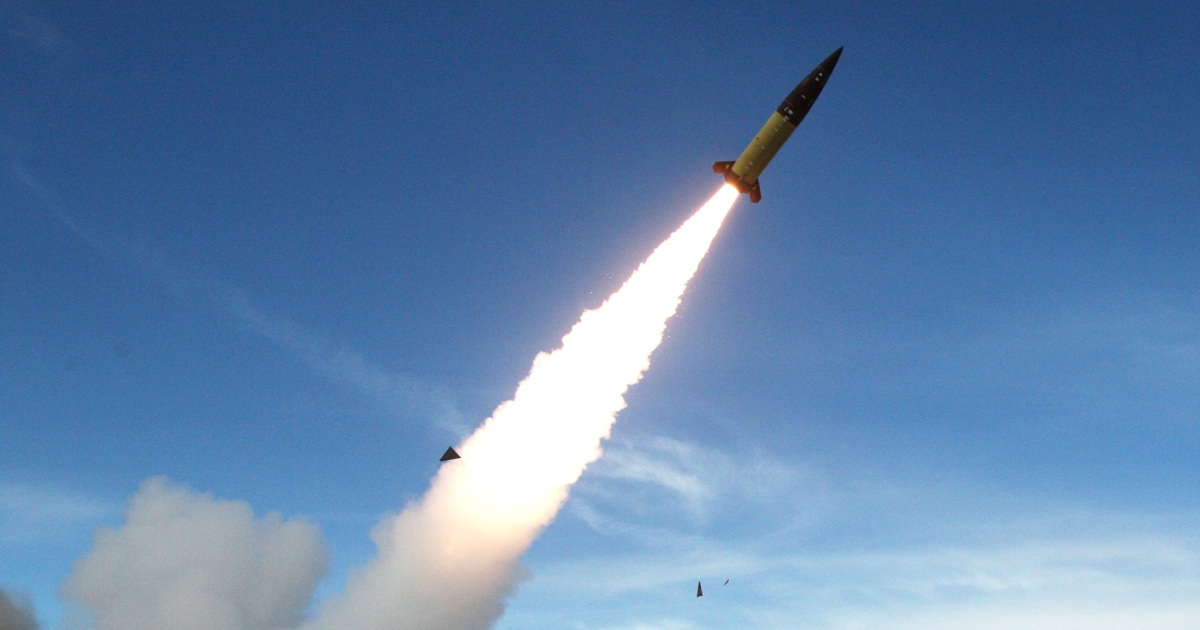- Messages
- 21,726
- Reactions
- 50,533
I had kind of wondered that too. Seems the satellite tech has gotten so damn good now I wondered why they needed the plane.With satellites, are Blackbird planes still needed?
Follow along with the video below to see how to install our site as a web app on your home screen.
Note: This feature may not be available in some browsers.
I had kind of wondered that too. Seems the satellite tech has gotten so damn good now I wondered why they needed the plane.With satellites, are Blackbird planes still needed?

Of course they are. The military is largely men and as such, there is a competitive need to have the fastest, stealthiest, largest everything. Can't let our enemies have a larger cock than us, now can weWith satellites, are Blackbird planes still needed?
If war was about the size of our cocks, China would be screwed.Of course they are. The military is largely men and as such, there is a competitive need to have the fastest, stealthiest, largest everything. Can't let our enemies have a larger cock than us, now can we
* Satellites orbit according to the laws of physics so it is trivial to know exactly when one will be overhead, allowing a potential site to hide its activities.I had kind of wondered that too. Seems the satellite tech has gotten so damn good now I wondered why they needed the plane.
Yep.* Satellites orbit according to the laws of physics so it is trivial to know exactly when one will be overhead, allowing a potential site to hide its activities.
* Satellites can't pop up over a particular target when suddenly needed; aircraft aren't so constrained.
* Satellites can't come within over a hundred miles away due to atmospheric friction destroying them - and typical orbits may only end up hundreds of miles away (slant range). Aircraft have no such limitations, resulting in higher resolution imaging.
* Air sampling is tremendously useful for evaluating nuclear weapons tests among other things. Satellites can't sample the atmosphere. Aircraft can.
* Aircraft can easily have their payloads swapped out as needed for particular missions. Satellites can't.
* Aircraft can fly when the lighting is best for the needed imaging. Satellites get there when they get there.
* Aircraft have the option of crossing over the target with a variety of headings. Satellites have no such choice.
* Aircraft have been made with low-observable "stealth" properties. Satellites have yet to do so.
None of which depends on the size of various organs. And as a former Satellite Systems Engineer, I know the strengths of both.
Don't put all eggs in one basket?I had kind of wondered that too. Seems the satellite tech has gotten so damn good now I wondered why they needed the plane.
Yes, so you can tell your enemies the photos from the satellites were taken by the Blackbird. That way you get extra funding and make your enemies work harder.With satellites, are Blackbird planes still needed?
I'd expect that the DOD and the NSA would have enough low earth orbiting satellites so that an enemy couldn't hide. Don't know the numbers involved.* Satellites orbit according to the laws of physics so it is trivial to know exactly when one will be overhead, allowing a potential site to hide its activities.
* Satellites can't pop up over a particular target when suddenly needed; aircraft aren't so constrained.
* Satellites can't come within over a hundred miles away due to atmospheric friction destroying them - and typical orbits may only end up hundreds of miles away (slant range). Aircraft have no such limitations, resulting in higher resolution imaging.
* Air sampling is tremendously useful for evaluating nuclear weapons tests among other things. Satellites can't sample the atmosphere. Aircraft can.
* Aircraft can easily have their payloads swapped out as needed for particular missions. Satellites can't.
* Aircraft can fly when the lighting is best for the needed imaging. Satellites get there when they get there.
* Aircraft have the option of crossing over the target with a variety of headings. Satellites have no such choice.
* Aircraft have been made with low-observable "stealth" properties. Satellites have yet to do so.
None of which depends on the size of various organs. And as a former Satellite Systems Engineer, I know the strengths of both.
I STRONGLY suspect that since the people making the planes give a LOT of cash to law makers we will "need" a lot more planes.I'd expect that the DOD and the NSA would have enough low earth orbiting satellites so that an enemy couldn't hide. Don't know the numbers involved.
Please do not use a cigar or cigarette to "touch off " a firearm like this.
Boys and toys.Please do not use a cigar or cigarette to "touch off " a firearm like this.
Fuses are made for the use / reason.
Andy

It does look like fun...Boys and toys.
Damn looks like it would be one hell of a lot of fun to play with!!!